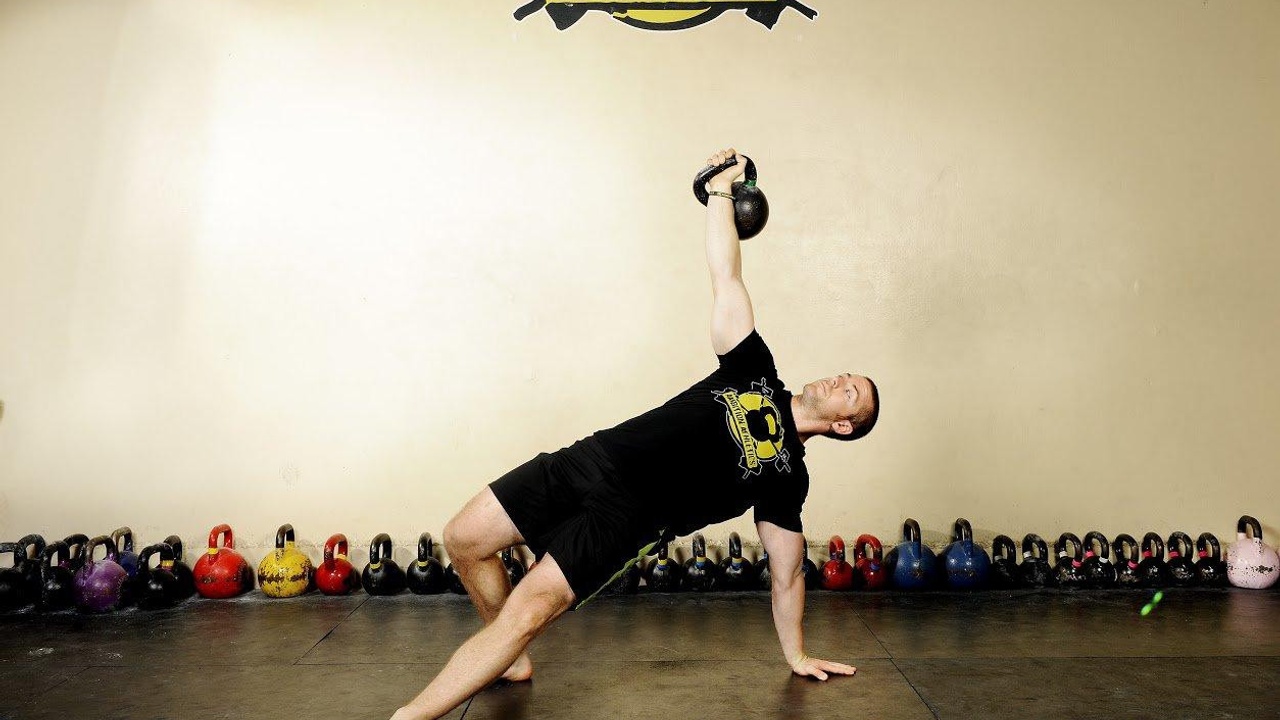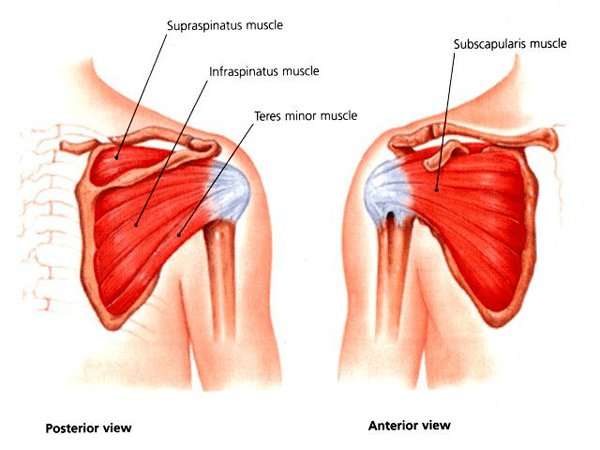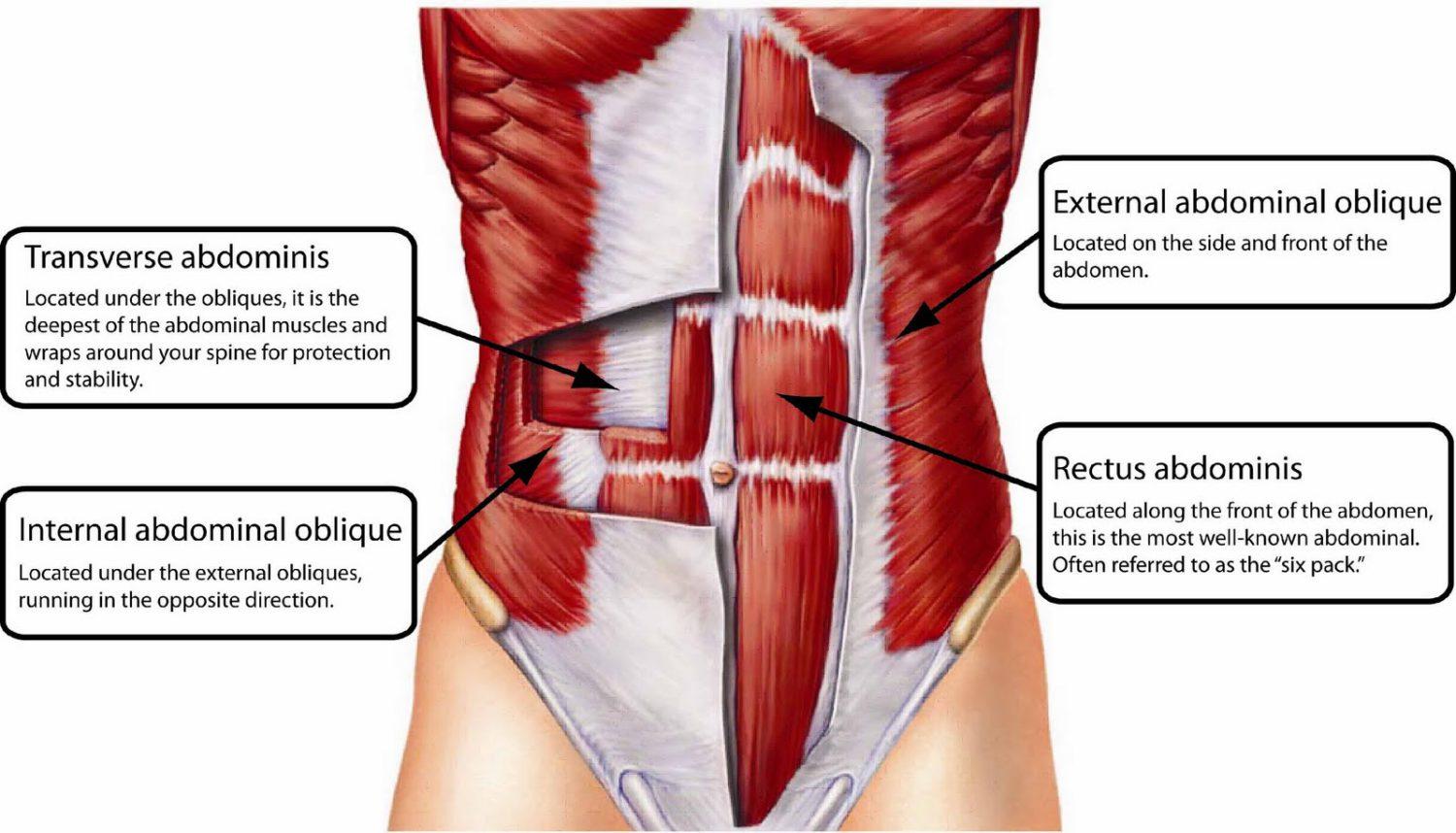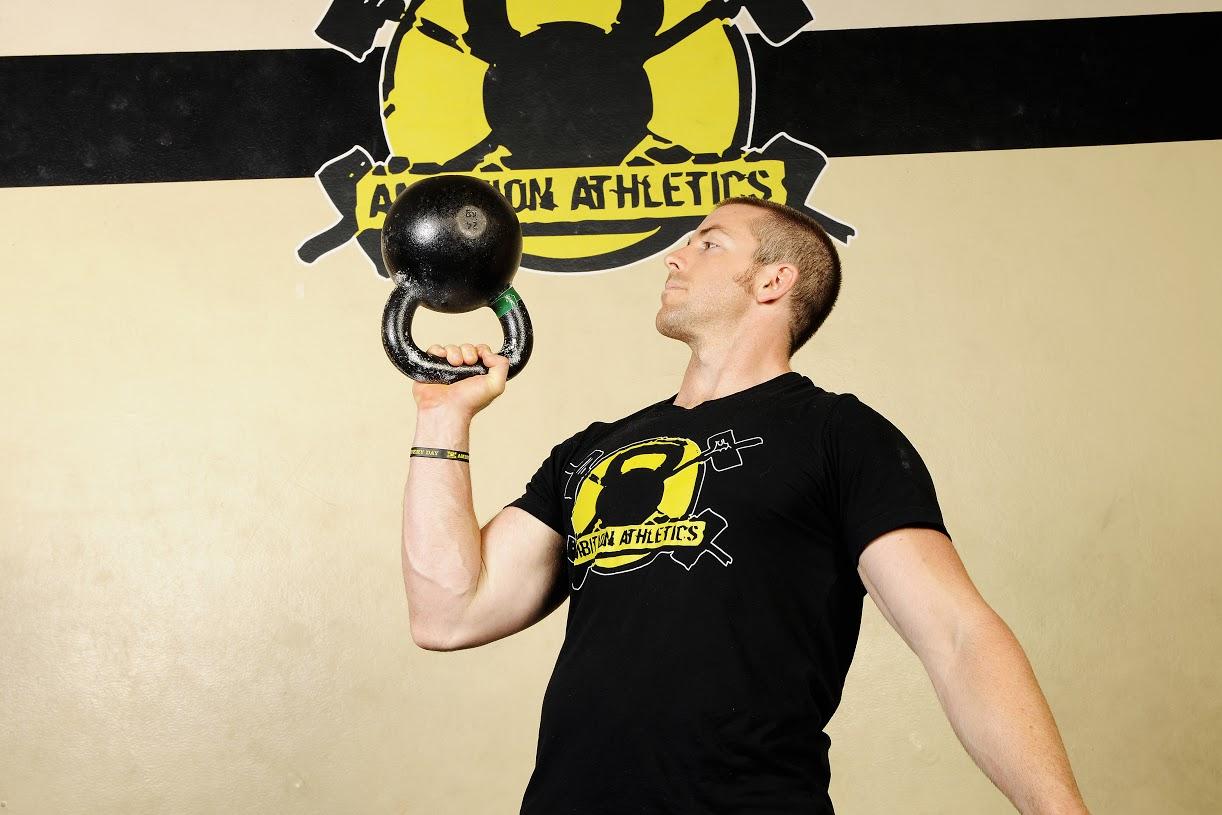
The Simple Shoulder Solution: Restoring Mobility, Function and Strength
by Max Shank
I have mentioned several times in the past that the glenohumeral joint (ball and socket of shoulder) is the most mobile AND the most vulnerable.
 This is a two-edged sword. On the one hand, you are able to take your arm through an impressively wide range of motion. On the other, the lack of structural stability makes it the most vulnerable to injuries.
This is a two-edged sword. On the one hand, you are able to take your arm through an impressively wide range of motion. On the other, the lack of structural stability makes it the most vulnerable to injuries.
Over the last 10 years, I’ve noticed that many people have shoulders that are chronically tight and immobile. The most common response to this, unfortunately, is to stretch the hell out of the glenohumeral joint. You know, that super mobile, vulnerable one.
FREE Shoulder Webinar – information at bottom of page!
There are a lot of things wrong with this, but to stay on topic, let’s focus on the main problem, which is understanding the surrounding structures. What many people don’t realize, is that your end result shoulder movement comes from a variety of sources, and is dependent on a solid foundation for this movement to occur properly. Working our way from the center out toward the glenohumeral joint we need adequate function of the following before we starting cranking on the poor GHJ.
- Breathing
- Core Strength
- Thoracic/Neck Mobility
- Scapular Movement
I’m going to briefly go over the above in simple terms to shed some light on the subject.
 Breathing is massively important because the respiratory muscles connect to a lot of stuff. If the tension of those muscles is too loose or too tight, it ruins the balance of muscle tension and takes joints out of their ideal position.
Breathing is massively important because the respiratory muscles connect to a lot of stuff. If the tension of those muscles is too loose or too tight, it ruins the balance of muscle tension and takes joints out of their ideal position.
Core Strength is a similar animal. If your core isn’t working to provide a stable structure, other surrounding muscles are going to pick up the slack and try to be your core, when they just need to be themselves. Lesson to all muscles: Just be yourself.
Thoracic and Neck mobility is crucial. If these don’t move, the muscles will be too tight and pull other body parts out of position. You also need mobility here for the Scapula to move around the way it should.
The Scapula has a lot of potential for movement, if it doesn’t move properly, the GHJ will compensate. The Scapula also houses the rotator cuff muscles, whose primary function is to rotate/move the ball and hold the ball in the socket (GHJ).
So you see, if you want to have your shoulder functioning at optimal, it is imperative to take care of the surrounding structures. You will frequently find that the GH joint is not tight at all, but instead the surrounding structures are forcing it to lock down.

The main take away is this:
- Learn to Breathe diaphragmatically
- Teach your Core to function like a core
- Mobilize the Thoracic Spine and Neck
- Teach the Scapula to have mobility and stability
- Don’t beat up on your Glenohumeral Joint.
Movement Quality, as defined in Ultimate Athleticism is, “Range of motion plus coordination.” Once you can take your joints through their full range of motion in a coordinated fashion, it’s time to lay down some serious strength on top of it. In order to do this we have to have a quick discussion about vectors and joint centration.
Don’t get scared–I’m going to make this as simple as possible.
First, vector is a fancy way of saying the direction of force. In order to have the musculature around the shoulder stay balanced, you need to train all the vectors evenly (push/pull, up/down) so you don’t strengthen (tighten) one side of the joint too much. This is important because the stronger and more tense a muscle gets, the more it pulls on the joint, even at rest. This is called it’s resting muscle tonicity (tension). If a muscle pulls too much on a joint in just one direction that takes the joint out of it’s ideal position. This ideal position is called joint centration.
Once you have a solid base of movement quality at the shoulder, you need to strengthen the shoulder in a balanced fashion to maintain joint centration.
A simple way of looking at this is through the two planes of motion at the upper body (examples in parenthesis):
Horizontal
Push (Pushup)
Pull (Row)
Vertical
Push (Overhead Press/Handstand)
Pull (Pull-up/Chin-up)

In short, if you strengthen one side, you have to strengthen the other equally.
In this way of thinking you also need to understand that a hypertonicity (too much tension) of the “pushing muscles” (Pecs, delts, triceps) is going to be a common cause of problems at the shoulder. A good rule of thumb that many experienced trainers and physical therapists suggest is to do 2 pulls for every 1 push.
The horizontal pulling vector is arguably the most important because it is the polar opposite of the postural problems that we encounter from too much sitting down at computers, watching TV, etc.
 Now you may have seen this and thought, “hey, there are more than just vertical and horizontal!” You are correct. You can actually move in a practically infinite number of vectors that move along a circle.
Now you may have seen this and thought, “hey, there are more than just vertical and horizontal!” You are correct. You can actually move in a practically infinite number of vectors that move along a circle.
My favorite hybrid movements that strengthen the shoulder through their full range of motion in pushing and pulling are the L-sit to handstand and the Skin the Cat, respectively.
Furthermore, you can separate these upper body movements into bent-arm and straight-arm maneuvers. With traditional weight training this would be the difference between overhead presses and lateral raises—both are training basically the same movement, but the length of the lever and stress on the joint is different.
Understanding all of that, here is how to plug all of this in to your training:
1. Make sure you have a solid base of movement quality through good range of motion and coordination.
2. Strengthen your shoulder along all the possible vectors, emphasizing the pulling side to strengthen the back muscles, especially the horizontal plane.
2 Part FREE Webinar on Shoulder Health
Webinar #1 - 48 minutes (password: boulders)
Webinar #2 - 57 minutes (password: boulders)
Neck and Shoulder Quick Fix
5minuteflow - Neck and Shoulder Emphasis
Introducing the Simple Shoulder Solution
Here's what you'll get:
 70+ pages of absolutely no-fluff material tested over the last 10 years with hundreds of people in-person and online.
70+ pages of absolutely no-fluff material tested over the last 10 years with hundreds of people in-person and online.- S3 teaches you the order of operations necessary for building strong and healthy shoulders.
- Learn how to most effectively implement these new movement into your existing program with specific examples.
- Downloadable and streaming instructional videos to supplement the ebook, guaranteeing proper form on all exercises.
- Get your range of motion back and build strength and coordination on top of it to make sure you keep it for a lifetime.
- Progressions for all of these simple movements are provided that will allow you to start at level zero and progress slowly and safely.
“In the past 10 years, shoulder problems have been the most common roadblock I've seen prevent people from achieving their strength and fitness goals. I want to share what I have found to be a solution to that problem. That’s what this book is all about: Problem Solving.”
-Max Shank




